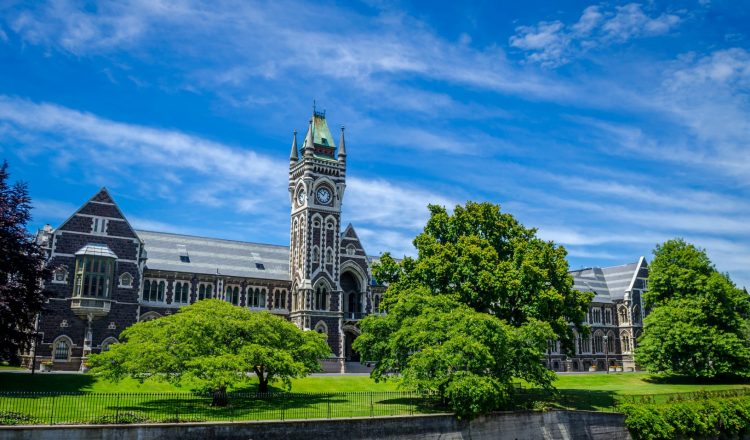Where to study
The question of where to study is very complex as there is no one stand out location. When choosing a study destination you should consider many options. While the majority of Education Agents will try to steer you towards Auckland, there are many other equally as good options:
Which year group
If the student will be enrolling into tertiary study, then the study locations are obviously restricted to locations with tertiary providers. The city with the largest collection of tertiary providers is Auckland of which Auckland University is the biggest. There are a number of other cities that have universities and technical colleges.
If the student is going into primary or secondary education there are far more opportunities, all across New Zealand. The New Zealand Qualification Authority (NZQA) regulates schools, meaning you are going to get comparable quality of education regardless on where you go.
There are many opportunities across regional New Zealand.
Language and Cultural Immersion
If the students goal is to experience the local culture it makes sense to go to a city which doesn’t have a high number of international students, this means Auckland is probably not the best choice. 80% of all international students choose to study in Auckland meaning Chinese and Indian language and culture eclipses that of kiwi culture at some institutions.
At a primary and secondary level, most students are enrolled in Auckland, with notable clusters in Wellington and Hamilton.
At a tertiary level, cities like Dunedin and Palmerston North have comparatively low numbers of international students.
Lifestyle
As a lifestyle location almost anywhere in New Zealand is great. Auckland is an international city with plenty of shops – however if this is too reminiscent of where the student is coming from they may wish to try somewhere where they will receive a new experience.
Finding Employment
For many students studying at a tertiary level there is the concern of finding employment after graduation. While there is a perception that Auckland is the best place to do this due to the size of the city, the reality can be different.
Firstly, many students who study in the regions have been immersed in the local language and culture, thus enter the job market with on average a better level of English and understanding of local culture.
Secondly, being smaller communities there are many more opportunities for students to network and meet business owners – meaning they will often have relationships with businesses even before they graduate.
Lastly, there is significantly less competition in the regions. While many companies in the main centres are flooded with job applications, those in the regions often struggle to attract suitable candidates.
What are your interests?
Most importantly, it is important to choose your school and destination based on what your academic interest is. For example if you want to study in a field of agri-tech it makes sense to go to a university which firstly provides that qualification and secondly is immersed in the agri-tech community.
Decile 1 – 10
A common misconception among many parents who choose to send their high school aged students to New Zealand is that decile grades equate to the quality of education. This is a falsehood.
Decile grades range from 1 too 10 and represent the wealth of the surrounding community. A community which is a decile 1 school will generally have a poorer community; while a decile 10 school will be one which is positioned in a wealthy community.
The decile grading system was established as a means for the government to identify schools which required additional funding. Decile 1 schools will get substantially more government funding than those which are a Decile 10, as the assumption is a wealthier community can afford to contribute to the school.
This means that paradoxically schools with lower decile grades often have better facilities than those of high deciles.
School zones
School zones will not affect international students, however any student who is enrolling as a domestic student will need to take school zones into consideration.
A school zone is the designated area around a particular school. Students who live within that area will have the first right to attend that school.
Students who live outside of a zone for a school they wish to attend can still apply to that school, however they will not be guaranteed a space.

















































